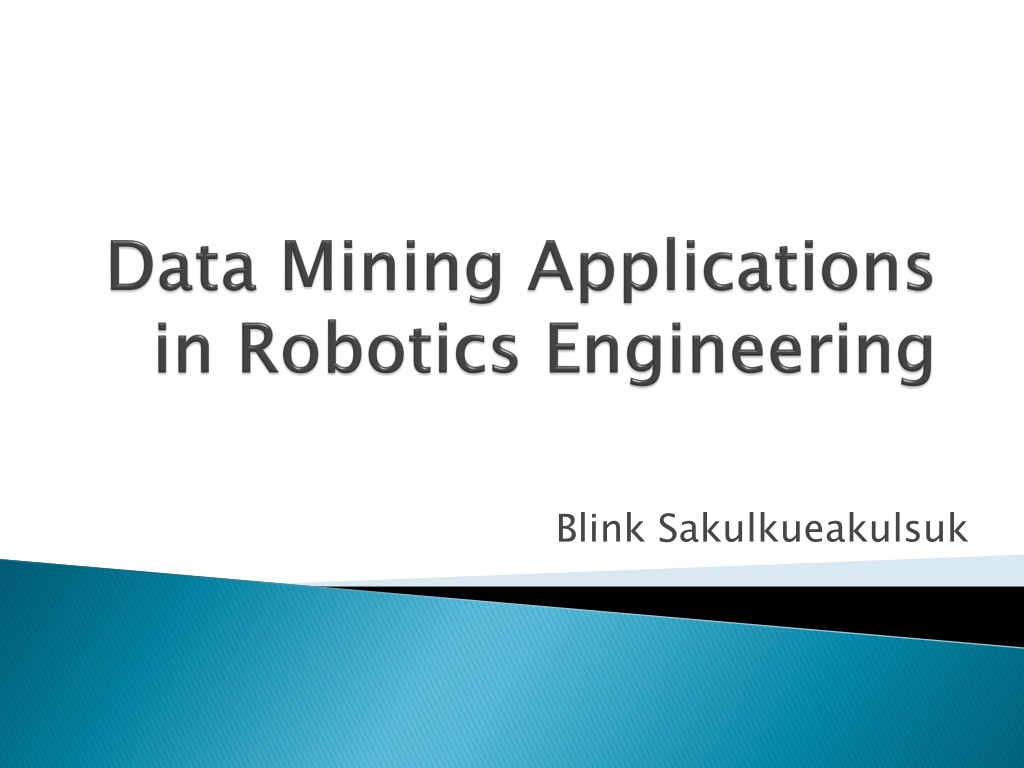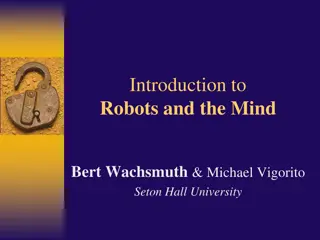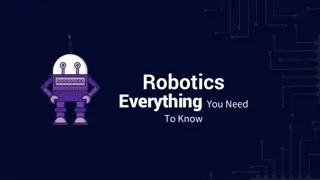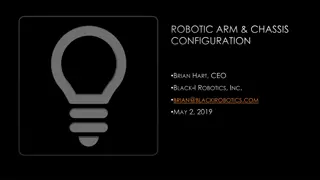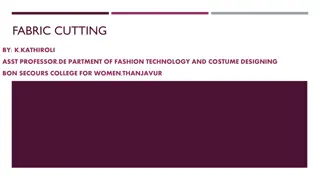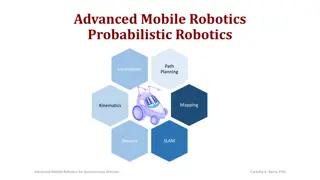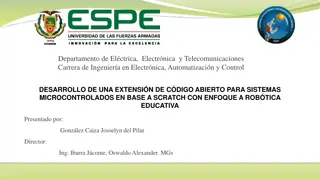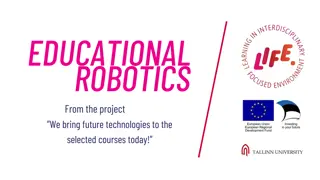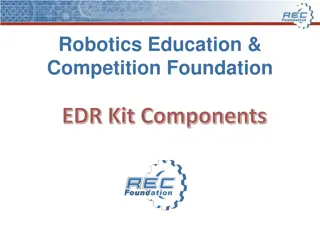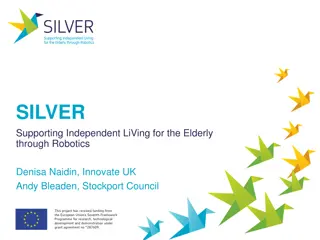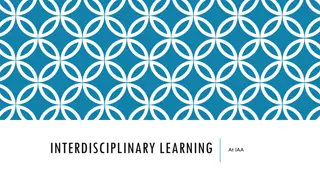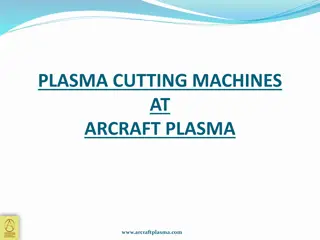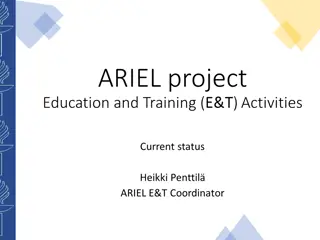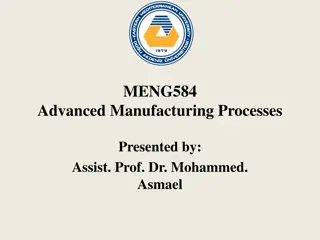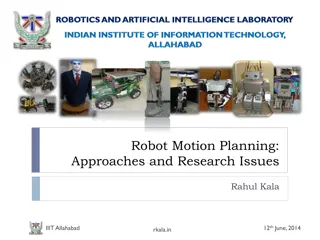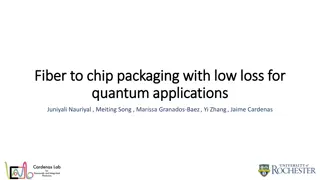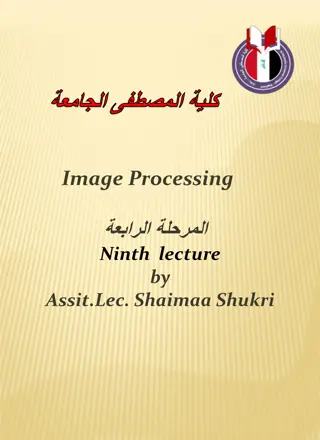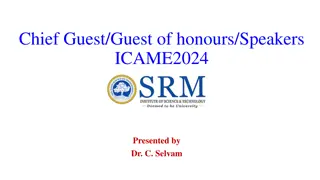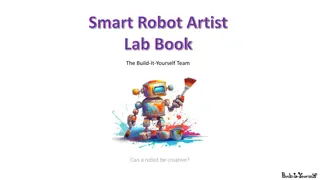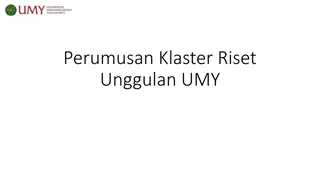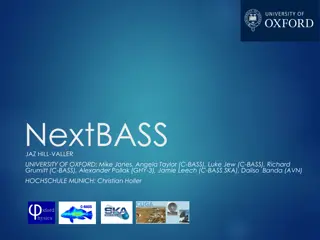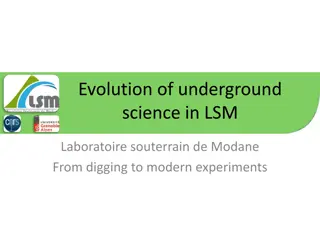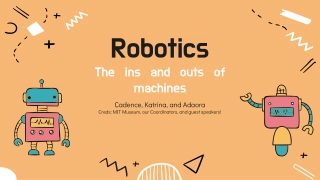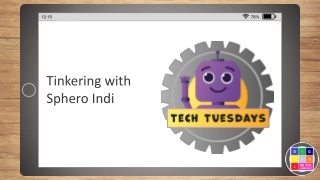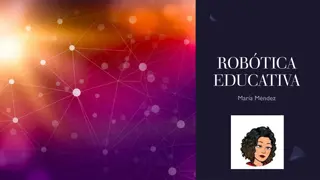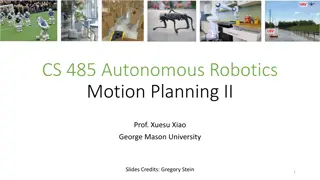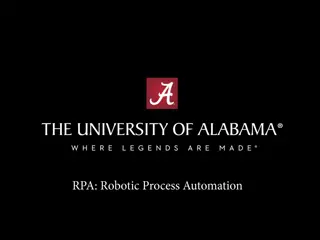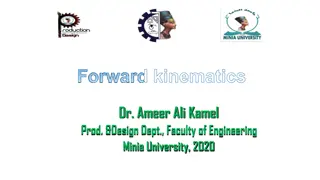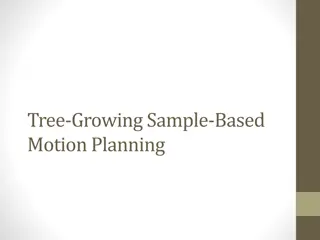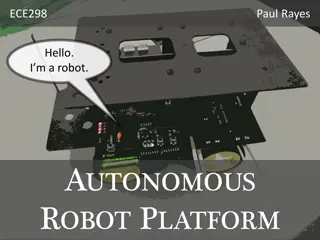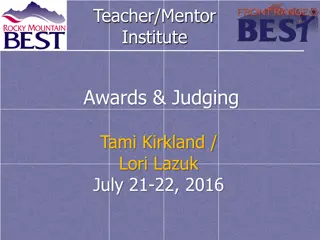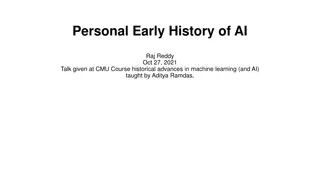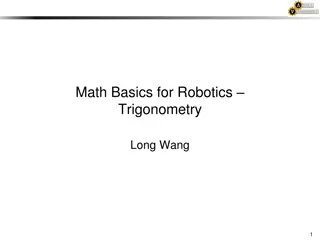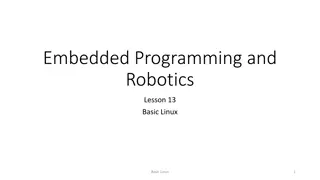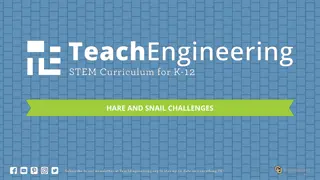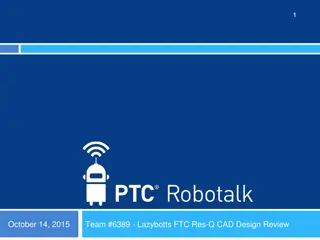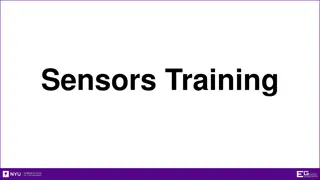Cutting-Edge Robotics Research in Interdisciplinary Field
Explore the cutting-edge research in robotics and artificial intelligence, focusing on topics such as real-time object recognition, robot mapping, and multi-robot cooperative pursuit. Discover how decision tree learning, data mining, and association rules play a crucial role in advancing the field of robotics. From improving object recognition accuracy to forming robot groups based on rules, this research delves into the realm of computational biology and cognitive robotics. Uncover the fascinating world of robotics and its applications in various domains.
- Robotics Research
- Artificial Intelligence
- Data Mining
- Decision Tree Learning
- Multi-Robot Cooperation
Download Presentation

Please find below an Image/Link to download the presentation.
The content on the website is provided AS IS for your information and personal use only. It may not be sold, licensed, or shared on other websites without obtaining consent from the author. Download presentation by click this link. If you encounter any issues during the download, it is possible that the publisher has removed the file from their server.
E N D
Presentation Transcript
D. Wilking, and T. Rofer, Realtime Object Recognition Using Decision Tree Learning, 2005 http://www.informatik.uni-bremen.de/kogrob/papers/rc05-objectrecognition.pd J. Li, Q. Pan, and B. Hong, A New Approach of Multi-robot Cooperative Pursuit Based on Association Rule Data Mining, 2009 http://cdn.intechopen.com/pdfs-wm/6967.pdf A. Ravankar, Y. Hoshino, T. Emaru, and Y. Kobayashi, Robot Mapping Using k-means Clustering Of Laser Range Sensor Data, 2012 http://bncss.org/index.php/bncss/article/view/2/2 H. Lipson, Mining experimental data for dynamical invariants - from cognitive robotics to computational biology, 2010 http://videolectures.net/ecmlpkdd2010_lipson_med/ 1. 2. 3. 4.
Interdisciplinary Field RBE = ME + EE + CS Computer Science components Computer Vision Artificial Intelligence Machine Learning DATA MINING!!!
Realtime Object Recognition Using Decision Tree Learning From Ref.1 page 2
Robot Mapping Using k-means Clustering Of Laser Range Sensor Data Create a map of the environment From Ref.3 page 2
From Ref.3 page 2-3
Not good with noise. From Ref.3 page 3
Association Rules Multi-robot Cooperative Pursuit Based on Association Rule Data Mining The robots try to pursuit a target. Using association rules, the robots form a group. Other applications Mining experimental data for dynamical invariants - from cognitive robotics to computational biology Invariants = Something that is constant in the system Finding invariants = using unsupervised learning to find patterns
